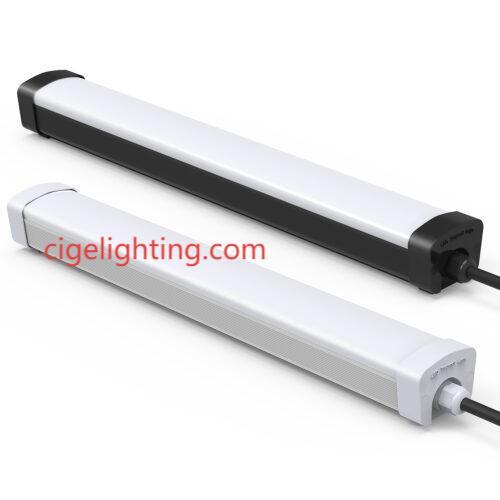Notifications
We use cookies to personalise site content, social media features and to analyse our traffic. We also share information about your use of this site with our advertising and social media partners.

3 minutes, 28 seconds
-6 Views 0 Comments 0 Likes 0 Reviews

Construction environments present some of the most punishing conditions for electrical installations, where dust, vibration, and impact conspire to destroy inadequate equipment. The lighting industry has responded with two competing protection philosophies - military-grade specifications versus industrial triproof standards. While both promise durability, their real-world performance differs dramatically when subjected to the sustained abuse of active work sites. For project managers specifying illumination, understanding these differences is crucial to avoiding costly replacements and safety hazards. A discerning Triproof Light Factory recognizes that true survivability isn't about marketing labels but about engineering solutions tailored to specific environmental stressors found in construction zones.
Military-derived specifications emphasize resistance to extreme events - sudden shocks, explosive atmospheres, or electromagnetic pulses. These rigorous tests create products capable of surviving battlefield conditions but sometimes overlook the gradual, cumulative damage mechanisms prevalent on job sites. Industrial triproof standards, conversely, are developed specifically for persistent challenges like abrasive particulate infiltration, constant mechanical vibration from heavy equipment, and chemical exposure from construction materials. The distinction becomes apparent after months of service; where military-grade lights might withstand a direct hammer blow but succumb to fine concrete dust penetrating gasket seams, a properly engineered triproof fixture maintains integrity through both acute and chronic assaults. The Triproof Light Factory focused on construction applications prioritizes protection against the slow, insidious failures that plague long-term installations.
The consequences of choosing inappropriate protection standards manifest in unexpected downtime and replacement costs. Lights meeting military specifications may pass dramatic one-time impact tests while lacking defenses against the daily vibration that loosens electrical connections over time. Industrial triproof designs often incorporate vibration-dampening mounts and redundant sealing strategies that address these real-world failure modes. Similarly, military standards might mandate resistance to extreme temperature swings but not account for the adhesive degradation caused by continuous exposure to chemical fumes in paint booths or welding areas. This mismatch between test criteria and actual job site conditions explains why some ostensibly rugged lights fail prematurely while others provide years of uninterrupted service. Selecting a Triproof Light Factory with proven experience in construction environments ensures the chosen solution matches the precise threat profile of the application.
Cigelighting engineers illumination for construction's harsh realities. Our triproof solutions combine military-grade toughness with industrial durability, tested against actual job site conditions. Choose Cigelighting - where every fixture is built to outlast your project timeline, delivering reliable light through dust, impacts, and chemical exposures that defeat lesser products.Click https://www.cigelighting.com/product/ to reading more information.

At our community we believe in the power of connections. Our platform is more than just a social networking site; it's a vibrant community where individuals from diverse backgrounds come together to share, connect, and thrive.
We are dedicated to fostering creativity, building strong communities, and raising awareness on a global scale.